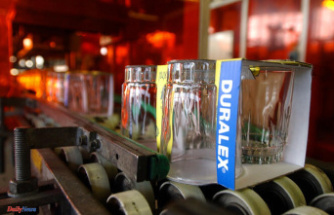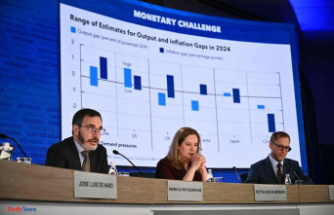exhibitions on the history of public collections are still a young Format in the Museum. The Dresdner Kupferstichkabinett, which this year celebrates its three hundredth birthday, presents his treasures and their acquisition history in such a rich and sophisticated Look. Something Similar to the Berlin kupferstichkabinett takes in the Cabinet room of the gemäldegalerie at the Kulturforum, however, in considerably smaller scale. The Berlin collection, founded in 1831, was very soon due to its technical equipment and archival care as exemplary. This reputation also had an impact abroad, owes much to art historians such as Paul James Kristeller (1863 to 1931), which began after his graduation in 1889 as a volunteer in the copper engraving Cabinet. Thanks to its good relations to Italy and his Expertise in the printmaking of the Renaissance, he was, five years later, curator at the Galleria Regia in Bologna.
A line of Mantegna to Dürer
Andreas Kilb
feuilleton correspondent in Berlin.
F. A. Z.Here is a project that he had developed together with Adolfo Venturi, who is considered the founding father of Italian art history: devoted to Kristeller the establishment of a national collection of graphic art in Rome, with branches in all the art cities of the country. In 1895, the Gabi was founded in the net Nazionale delle Stampe, Kristeller moved to the Tiber, but his plans failed because of the chauvinism of Italian art administration. In 1898 he went back to Berlin, where he worked the Rest of his life as a private scholar. His last Essay appeared in 1927, in a Festschrift for the younger Max Friedländer, who survived him by nearly thirty years.
The copper engraving Cabinet honors Kristeller, by the art, about which he wrote: allegorical prints, the so-called Tarocchi, from the circle of Andrea Mantegna, a "battle of the sea-gods" by Mantegna himself, engravings of Giulio Campagnola, Marcantonio Raimondi and Jacopo de Barbari, in which the progress of the lines and the puncturing technique and the increasing influence of dürer's striking, and a four-part "Triumph of faith" after Titian, taking in the exhibition, a special place.
Date Of Update: 22 July 2020, 12:20











